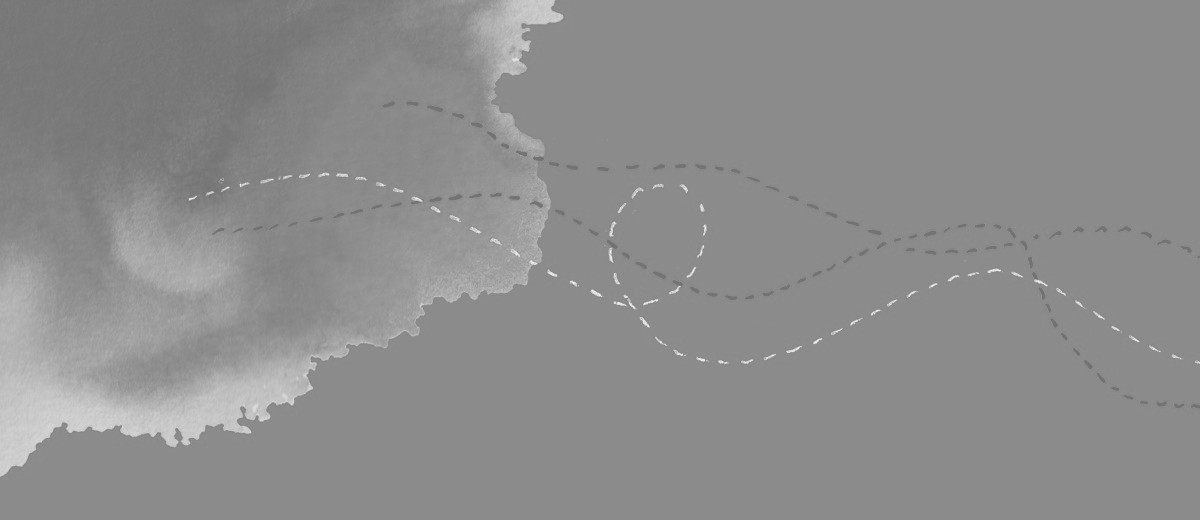Subject
ContributeGeographic Origins
The Republic of Indonesia is in south-eastern Asia. It consists of 13,667 islands in the Indian and Pacific Oceans. The main islands are Borneo, Sulawesi (Celebes), Sumatra, Java and the Moluccas.
History of Immigration and Settlement
Indonesians had contact with Australia before white settlement. From 1750 Indonesian fishermen from Macassar frequented Australia’s northern shores in search of trepang, an edible sea-slug.
From the 1870s until the 1940s Indonesians played a significant part in the pearling industry of Western Australia. From 1885 to 1906 limited numbers of Javanese worked on sugar plantations in north Queensland.
Australia was closely involved in Indonesia’s struggle for independence immediately after the Second World War. During the war the Dutch East Indies government was temporarily established in Australia. Following the Japanese surrender and declaration of Indonesian independence in 1945, Indonesian seamen walked off Dutch East Indies government ships in Australia. Australian trade unions placed a ban on these ships, leaving the Dutch powerless to crush the independence movement.
In 1947 there were 23 Indonesian-born South Australians. By 1966 there were 404. Many of these people were probably of Dutch descent.
Despite the Immigration Restriction Act of 1901, Indonesians were allowed to enter Australia as students before 1967 when the act was relaxed. Among the first Indonesians to arrive in South Australia was a group of 40 Colombo Plan students in 1955. Indonesian students such as these continued to arrive on a semi-permanent basis and in similar numbers until 1973, when Australia introduced the universal migration policy. After this many of these graduates returned to South Australia seeking opportunities not available to them in their homeland. They were granted residency status as they had graduated in Australia, or had married Australians while studying here.
Community Activities
The faith of Islam was spread throughout Indonesia’s islands in the 1400s by Arab and Indian traders and although Islam is still the majority religion in Indonesia, the 2011 Australian Census shows that Muslims are the minority among Indonesians in Australia. More than half of the Indonesian population in Australia follows Christianity, split evenly between the Roman Catholic Church and various Protestant denominations.
The Australian Indonesian Association of South Australia was founded in 1967 by a group of Colombo Plan scholarship recipients who made South Australia home. The not-for-profit organisation was formed to promote better understanding, friendship and goodwill between the people of Australia and Indonesia.
Since 2008 the Australian Indonesian Association of South Australia, in association with OZAsia Festival, has presented Indofest in Adelaide. This festival, run by volunteers, is a colourful and culture-filled day that promotes Indonesian culture, history and food.
The Indofest Schools Program brings together South Australian school students and Indonesian community members in order to foster better understanding between the two countries. Language and cultural-based workshops are held, along with Indonesian traditional dancing and songs, children’s games and arts and crafts. The program also gives students, learning Indonesian, the chance to practice the language with natural speakers.
Lebaran, the three-day festival at the end of the fasting month Ramadan, is the major cultural event of the year for Indonesian South Australians. It is known by a variety of other names, including Id al-Fitr. Although Lebaran is a basically Islamic celebration, in Indonesia it has overcome religious divisions and involves non-Muslims as well. This tradition has been brought to South Australia. Traditional food served at this event includes: rending, a beef dish; chicken curry; gadogado, a vegetable dish with peanut sauce; and satays. Traditional dances in national costume are also performed. Lebaran is one of the major celebrations of the year for Indonesian South Australians of all religions.
The other important day is Indonesian Independence Day on 17 August. This day celebrates the start of the diplomatic and armed resistance of the Indonesian National Revolution, fighting against the forces of the Netherlands and pro-Dutch civilians, until the latter officially acknowledged Indonesia’s independence in 1949 and decided to accept de facto 17 August 1945 as Indonesia’s independence date. In South Australia this day is observed on the nearest weekend to that date. Independence Day celebrations include a solemn flag raising ceremony, traditional dance group performances, and Indonesian delicacies are served.
Organisations and Media
- Adelaide Mosque Islamic Society of S.A. Inc.
- Australian Indonesian Association: publishes a monthly newsletter
- Australian Indonesian Association of S.A.
- Indonesian Students’ Association
- Islamic League of Australia Inc.
- Islamic Society of S.A.
- Renmark Islamic Society.
Statistics
The 1981 census recorded 639 Indonesian-born South Australians.
The 1986 census recorded 789. Only 295 people said that they were of Indonesian descent. The majority of those recorded as Indonesian-born are of Dutch descent.
According to the 1991 census there were 1,129 Indonesian-born South Australians. 1,426 people said that their mothers were born in Indonesia, and 1,466 that their fathers were.
According to the 1996 census there were 1,327 Indonesian-born South Australians, or 3 per cent of the total resident in Australia.
The 2001 census recorded 1,269 Indonesian-born South Australians, while 1,001 people said that they were of Indonesian descent.
The 2006 census recorded 1,531 Indonesian-born South Australians, while 1,274 people said that they were of Indonesian descent.
The 2011 census recorded 1,948 Indonesian-born South Australians, while 1,832 people said that they were of Indonesian descent.
The 2016 census recorded 2,141 Indonesian-born South Australians, while 2,338 people said that they were of Indonesian descent.



CommentAdd new comment
Quickly, it's still quiet here; be the first to have your say!